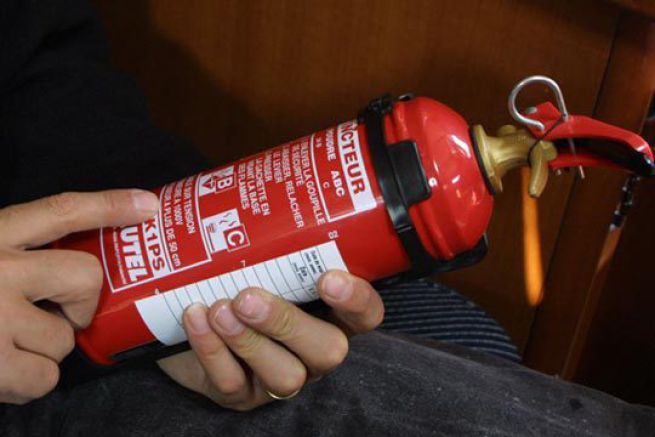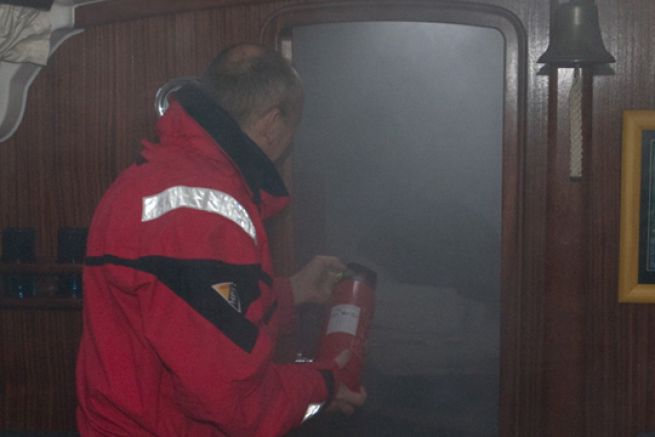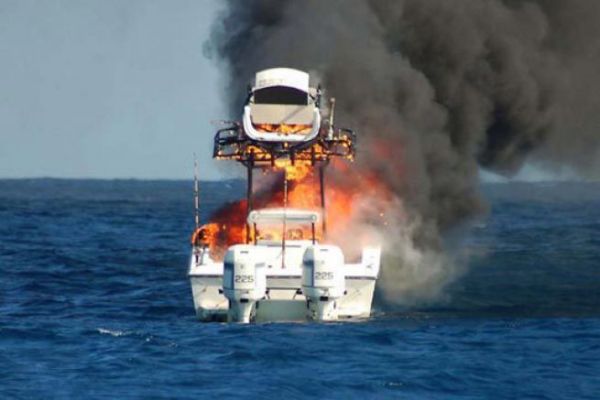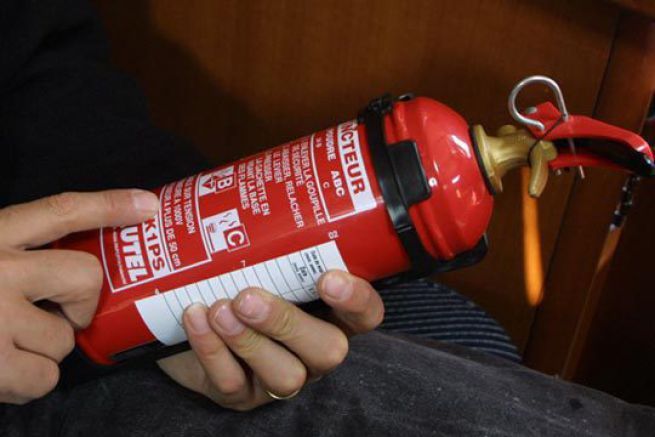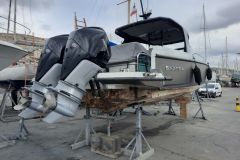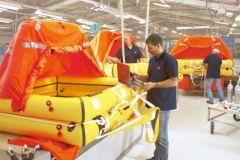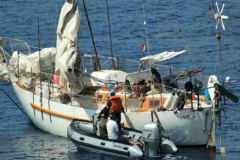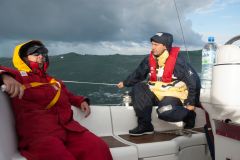Fires are classified in 5 categories with for each one, a modus operandi to defeat it.
Class A: solid fire
Class B: fire of liquid or liquefiable solid
Class C: gas fire
Class D: Metal fire
Class E: Electrical fire
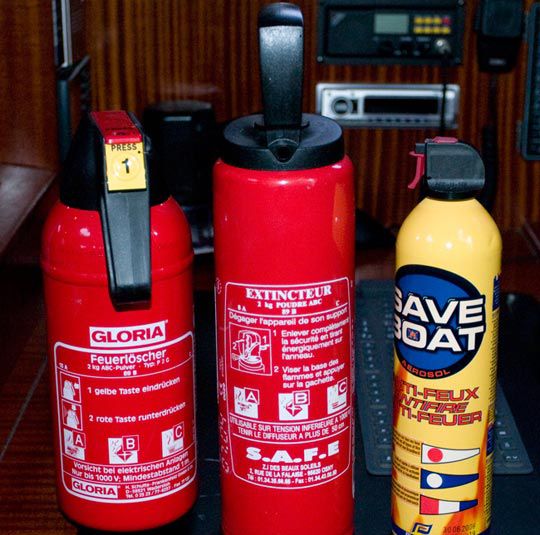
Types of fire extinguishers
An extinguisher is distinguished by one or more letters that designate the type of fire it is capable of fighting preceded by a number: example 21-B means that this extinguisher, with a volume of 21 litres, can extinguish liquid fires (fuel, oil, etc.).
The most common fire extinguishers on our boats:
- Water: Class A fires, sprays fine water droplets
- Water + additive: Class A fires, the additive is a soap that smothers the embers by forming an overlayer. Warning : this additive is corrosive..
- Physical foam: Class A B and C fires, they are quite rare, but very effective.
- Ordinary powder: Class A, B and C fires are the most common on board.
- Multi-purpose powder: Class A, B and C fires
- Carbon Dioxide: Class B and C lights, ideal for engine holds. Attention, to be reserved for unmanned spaces.
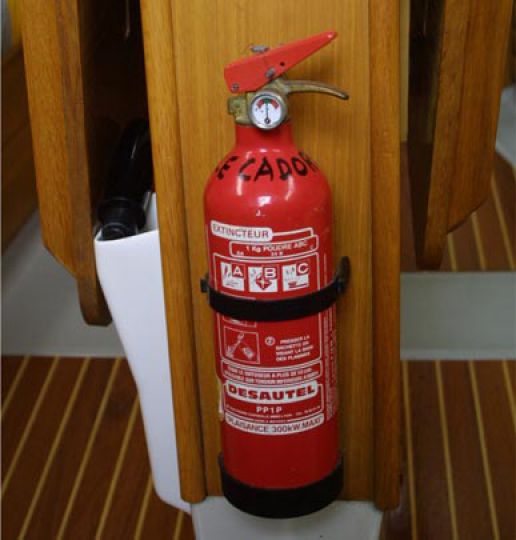
Only a few seconds of use!
A fire extinguisher empties extremely quickly:
6 seconds for a 1 kg model,
8 to 10 seconds for a 2 kg
25 seconds for a 6 kg
Better aim right..
